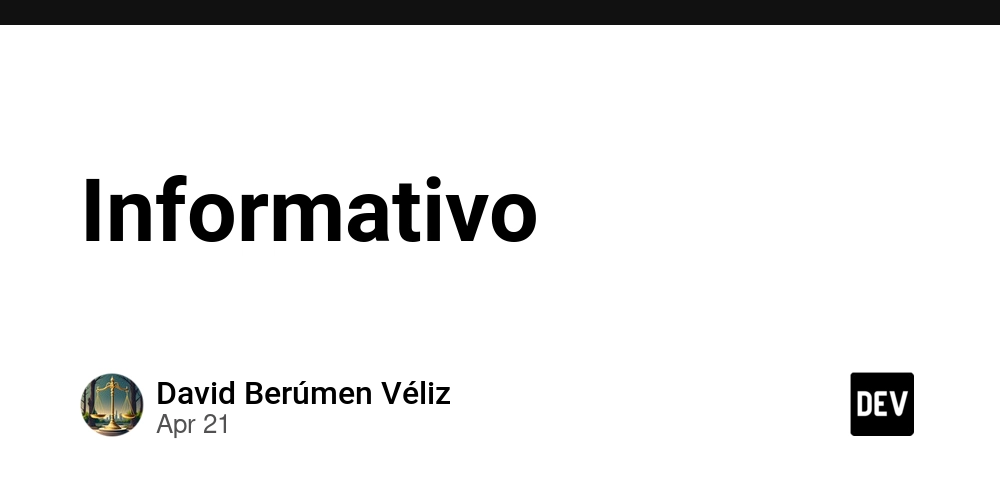Copying and Pasting Your Way to Critical Thinking
Explore how copy-paste can transform learning, enhancing critical thinking and writing skills in the digital age. The post Copying and Pasting Your Way to Critical Thinking appeared first on Getting Smart.

Consider for a moment the humble copy and paste function of your computing device. How many times per day do you think you use that function to move content from one location to another?
Have you ever copied a recipe from a website and pasted it into Notes or a Google Doc? Have you ever copied content from a research report and pasted it into a Word doc so that you can read it while you rewrite it? And now that generative AI does so much of our writing and research, the repetition of this process is endless. Our fingertip tango for the AI age: ⌘C, ⌘V.
I never spent much time thinking about this quotidian feature of digital work until I read an article called “Copy, paste, learn: Lessons from code programmers for the AI-enhanced classroom”, published on the Times Higher Education website a few weeks ago. It details the teaching process used by Xiangen Hu, a professor of Learning Sciences and Technologies at Hong Kong Polytechnic University. In his hands, copy and paste becomes a powerful teaching tool that develops students’ ability to critically think while reading and writing.
As Hu writes, “When students copy a piece of code or a sample essay and then edit or tweak it, they engage in guided practice. The copied material provides a scaffold, like training wheels, that supports learners as they try out their own ideas. For example, a language learner might copy a complex sentence structure from a model essay and then substitute their own words, learning the grammar by imitation.”
Intrigued, I wondered if Hu had developed this understanding on his own or if there were any historical precedents to the process he uses with his students. There is a backstory.
Internet Reciprocal Teaching
The pedagogical process called Reciprocal Teaching (RT) was introduced by Annemarie Sullivan Palinscar and Ann L. Brown in the early 1980s. It was designed as an instructional strategy to improve reading comprehension by developing four main skills:
- Predicting: Students make predictions about what will happen next in the text based on their prior knowledge and the information they’ve read.
- Questioning: Students formulate and ask questions about the text, either to clarify understanding or to delve deeper into the topic.
- Clarifying: Students identify and address any unclear or confusing parts of the text, either by rereading, using context clues, or asking for clarification from the teacher or peers.
- Summarizing: Students condense the main ideas and key points of the text into a concise summary.
The teacher launches the RT process by modeling the use of the four skills then gradually shifts responsibility to the students. It does not take a lengthy stretch of the imagination to see how these skills apply to revising AI-generated content.
RT was updated in 2017 and relabeled as Internet Reciprocal Teaching (IRT) by Donald Leu, Emeritus Professor and Endowed Chair in Literacy and Technology at the University of Connecticut, and his colleagues. IRT incorporates strategies for locating, evaluating, synthesizing, and communicating information found online.
IRT is closely related to another foundational pedagogical practice, copywork, that has been updated as well for the digital classroom. The goals of copywork become clear after a teacher shares with the students excerpts from reliable online sources:
- Students develop an understanding of sentence structure and style.
- Students revise the copied text to reflect their own voice or perspective.
- Students compare their revisions to the original to analyze stylistic differences.
Students can initiate the process of copying and pasting excerpts from reliable sources. This allows them to experiment with reorganizing ideas, refining phrasing, and restructuring arguments (e.g., moving paragraphs or testing synonyms). Copywork offers teachers the opportunity to model how to use copy-pasted content as a starting point for paraphrasing, adding analysis, defending a thesis, and citing sources.
Copy-paste, when paired with structured revision, ethical guidelines, and synthesis tasks, transforms passive content consumption into active critical engagement. A study from a 2023 middle school intervention demonstrates measurable improvements in writing quality and responsible research habits.
Practical Examples, from IRL to Digital
One of my favorite examples of using copy and paste as a critical thinking activity comes from Gabrielle Stecher, a former school librarian who now works as a lecturer and assistant director of undergraduate teaching in the English Department at Indiana University Bloomington. She details her process, which began with blocks of text on laminated paper, in a blog written for the National Council of Teachers of English:
“Students work in small groups to reconstruct paragraphs from scrambled-up sentences; they must debate and determine the function and original placement of each sentence. As they work, they can attach and remove the laminated sentence strips on the corresponding board. Together, we discuss our findings, comparing our arrangements with what the writer actually wrote. If a group proposes a different order for the sentences than the author intended, we work together to rationalize the new arrangement and offer suggestions for how the author of the paragraph could revise it.”
This too is an activity that easily migrates to a digital platform such as Google Classroom or Docs, but not before a teacher models the process by pulling content from an LLM chat window or an even more authoritative source such as Wikipedia (tongue only slightly in cheek).
I wanted to learn more, so I reached out to Stecher, who spoke with me from her sunny, book-filled office in Bloomington. She provided additional details of her teaching process beyond those she shared in the blog.
“When I was developing an activity that I wrote about in that blog post, I wanted students to have a really hands-on way of thinking about how body paragraphs should work, because it’s one thing to say, okay, here are the components. Now, go figure it out,” she explained. “It’s another to make them reverse engineer the text, and so a lot of what I’ve been doing with copy and paste things over the years is meant to give them a very tactile engagement activity in class. It’s powerful for students who do this reverse engineering so that they can really take accountability over that learning and put it immediately into practice.”
(For more examples you can use in your classroom, explore this list of copy-and-paste teaching activities that I have curated on a Google doc, which begins with a partial transcript of my lengthy conversation with Stecher. She had so many good ideas to share…)
Copy and Paste Does Not Equal Plagiarism
The Michigan Integrated Technology Competencies for Students are Michigan’s adaptation of the International Society for Technology in Education (ISTE) Standards. Released in 2017, the Michigan document offers activities so that teachers can operationalize the standards..
Of special interest to this discussion is the section on copying and pasting, which is a skill taught to Michigan second graders. Students are required to “learn how to highlight text, copy it, and then paste it into a document.” A brief review of similar documents indicates that this skill is typically taught as soon as students begin to learn keyboarding.
The mechanical act of copy and paste must include, when developmentally appropriate, multiple opportunities for students to construct an understanding of fair use, intellectual property, academic integrity, copyright, paraphrasing, and plagiarism. I suggest we approach copy and paste in a spiral progression, accelerating its exploration through the high school years.
As witnessed by the instructional practices of the educators highlighted in this blog, teaching students how to copy and paste can be a mechanical act or a pathway to developing writing skills and enhancing critical thinking. Let’s choose the pathway that leads to deeper outcomes.
The post Copying and Pasting Your Way to Critical Thinking appeared first on Getting Smart.


















_Tanapong_Sungkaew_via_Alamy.jpg?width=1280&auto=webp&quality=80&disable=upscale#)
















































